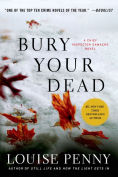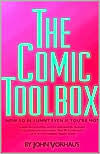First off, how great is that title? I laughed out loud when I saw it. Such a wonderful combination of humor, ordinary things, and Japanese poetic traditions. Plus, my #1 son is finally getting a Honda like the rest of us, so I guess I’ve founded a Honda dynasty of my own, however late he is coming to it.
I love Hoagland’s poems. He uses the things of this world to craft seemingly simple poems, poems that always leave me staring off into the distance thinking new thoughts. I’ve written before about his work.
Here we have a stroll through a mall food court, a cement truck, and “A middle-aged man / who cannot make love to his wife”. We have fathers and foghorns and teaching children to eat slugs. But what we really have are our buried emotions surprised into the light, like the grubs and bugs revealed when a “slab of bark” is “pried off”.
In “Plastics” he takes us through many manifestations of our relationship with plastic, throwing in these thought-provoking lines: “you could mull over the ethics of enslaving matter / even while feeling admiration for the genius it takes / to persuade a molecule to become part of a casserole container.” Then he brings it in to the personal, to a couple at a table in the park, and the insinuation of the nature of plastic into our relationships.
My favorite poem in the collection is “Demolition”. I love the way it starts off, with men watching a building being demolished, “swivel chairs and lathe / crashing and bashing into giant bins five floors below.” Having a fun relationship with a three-year-old boy these days, I totally get how the crowd of men stands “in a little cluster of hypnotized testosterone.”
But it’s really where he goes from there, the emotions he pulls up and the images he uses to push them into not just my brain but my heart.
We are all unincorporated, walking the line between loneliness and linked. I love getting the man’s point of view, a man who is respectful of women but not above calling out the changes in an aging beloved. I love the path he has found between feminism and manhood, between this world and what might transcend it.
In poems I look for mystery just as much as the next person. I want the condensed discernment of haiku and tanka. But there is a place in the poetic firmament for Hoagland’s work as well. These are poems that anyone may find themselves in, man or woman, poetry novice or expert. Check them out.
Who is your favorite poet?










